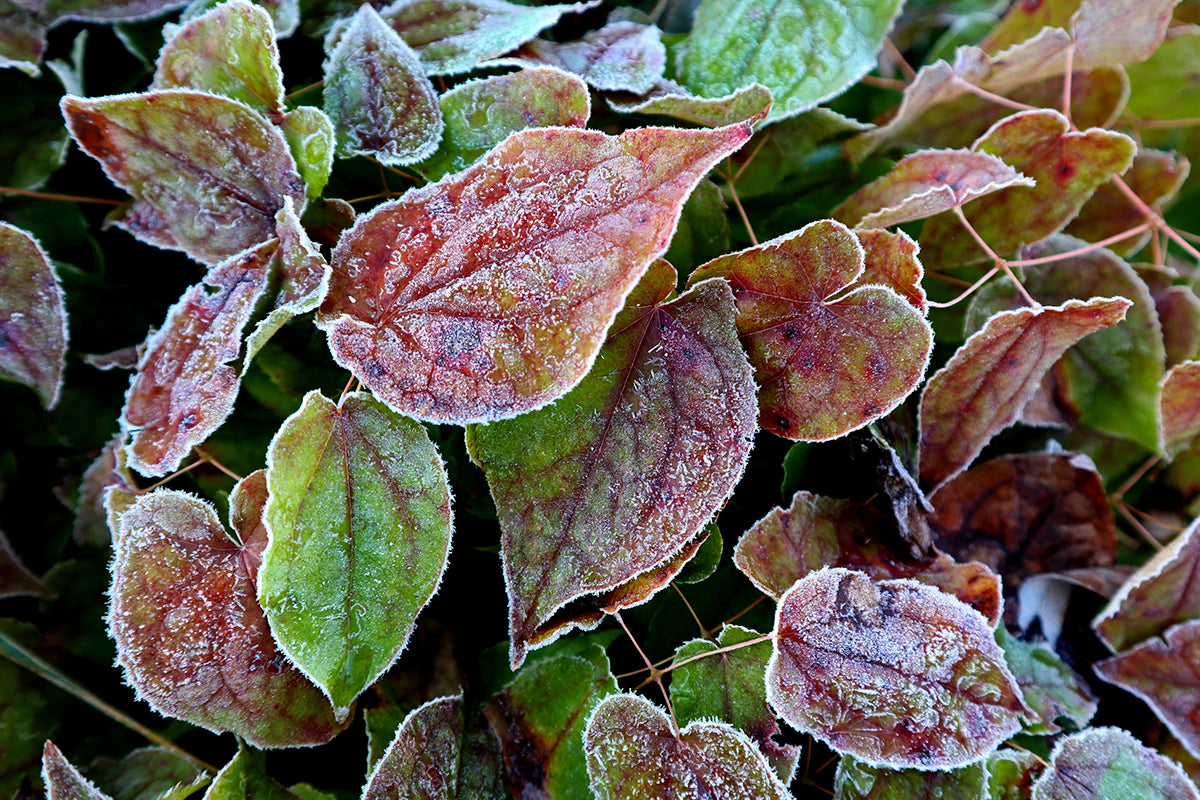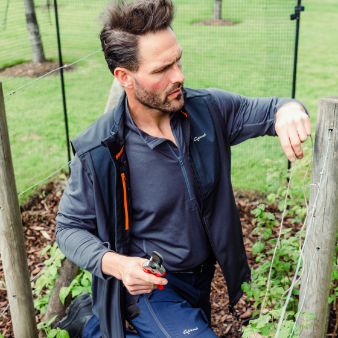To-Dos in December

Tulip Planting
December is a great month to plant out tulips with this later planting helping avoid tulip fire, a fungal disease that leaves them with twisted and distorted with brown blotches on both the leaves and flowers. Often not thriving in the competitive border environment, tulips are frequently treated as annuals and removed after flowering. One way to prolong their life and to get many more years of pleasure from your costly investment is to plant the bulbs deep. Very deep! Ignore the usual advice of a few inches and plant them at a full spades depth. (This prevents the bulb from segmenting like a garlic bulb, producing a fuzz of foliage with little or no flowers). Do this and they’ll return year after year.
Divide Perennials
Now can be a good time to divide any perennial plants that have outgrown their allotted space in the border. Some perennials may even have died off in the centre as they’ve grown outwards and older. The whole clump can be lifted and split into several pieces with a spade and then replanted in suitable spots in the border. The addition of pelleted chicken manure while planting may help give them a boost and get them established in the first year. Despite it being December and the ground being damp, don’t forget to water them in to allow the soil to have full contact with the developing roots system.
Healthy Hellebores
Hellebores are headline performers in many winter and spring gardens, their beautiful blooms often lasting well into spring. They can however be prone to a fungal disease called hellebore leafspot. Black blotches may appear on the leaves often migrating to the flowers and stems leading to the eventual demise of the plant. One winter job that can prevent this is to remove any of the infected leaves and stems. This may often leave nothing of the plant visible above ground but will enable the early flowers to appear in the new year unhindered by mounds of foliage. By disposing of the infected leaves you’ll help keep the disease at bay.
Winter Wisteria
Hopefully you summer pruned your Wisteria in August and can now give it a winter prune and tidy up so that it produces a stunning display of flowers next year. All those shoots that you cut back by about three quarters in the summer can now be taken back to 3 or 4 buds. While you’re at it and up the ladder remove any dead, diseased or dying wood. Wires and vine eyes should be checked too and replaced or repaired if required.
Full Exposure
Epimediums are useful perennial plants that have attractive flowers and good ground covering attributes. Their dense evergreen foliage however often conceals the early spring flowers. One job to carry out in December is to cut back the foliage enabling the red, orange, or yellow flowers to be admired. With secateurs cut all the foliage to the ground. If not carried out now and left until spring there’s a danger that you’ll be removing the flowering stems too.







